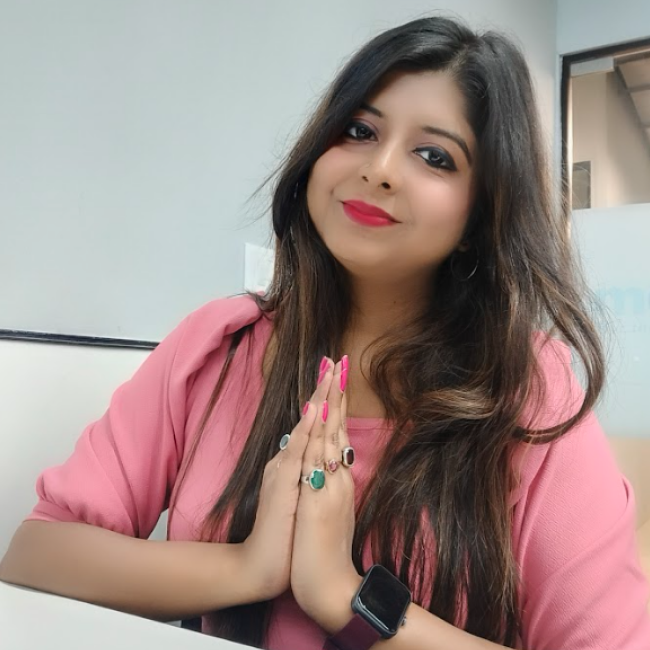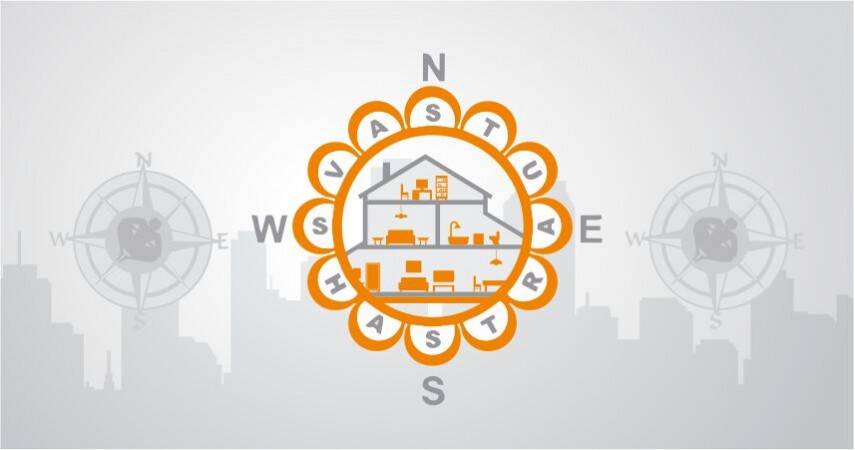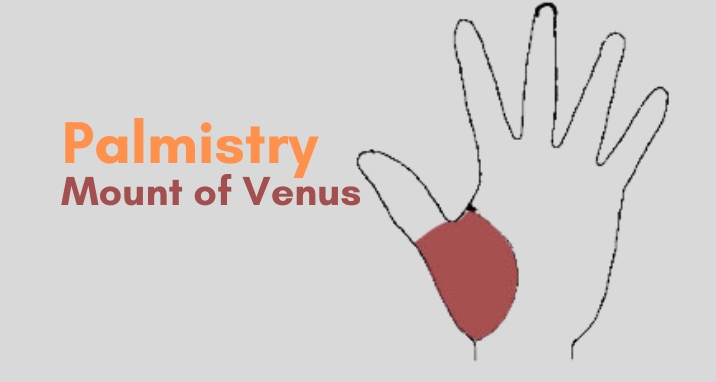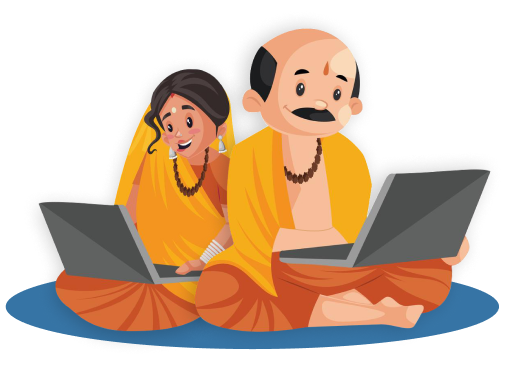How Important is Nakshatra Matching for Marriage?

Marriage is one of the 16 most essential sanskaras as per Sanatan Hindu culture, in which a man and a woman come together to spend the rest of their lives under the same roof, produce children, groom them and support each other through thick and thin. People marry with the hope of living a very happy, joyful and blessed life, but do all marriages turn out to be blessed ones? Not really; if we look around, we see divorces, separations and conflicts among couples. What could be the reason? The reason is hidden in Vedic astrology.
As per Vedic astrology, planets and stars have a say in every aspect of our lives. And if you do not follow the rules set by them and get married to the wrong partner, you ought to have a life full of troubles. This is why there has been a tradition of horoscope matching or Kundali Milan, between prospective brides and grooms since time immemorial in Hindu culture. According to Vedic astrology, the higher the score the couple obtains in horoscope matching, the better the prospect of a happy marriage life. So, astrology guides you in finding the right partner for a blessed married life. Nakshatra matching in Vedic astrology helps an individual find the right life partner for marriage.
Nakshatra matching (star matching), also known as ‘nakshatra porutham’ in Vedic astrology, is an essential requirement for a marriage union in which both the boy and the girl’s nakshatra and rasi porutham are analysed and evaluated. It is believed that if the nakshatras of the prospective bride and groom are compatible with each other, then the nakshatras are more aligned and will lead to a happy and comfortable life for both. They will have good bonding, mutual understanding, respect and love for each other. They will also share a strong sense of intimacy, resulting in an eternal marriage relationship.
Nakshatra Compatibility for Marriage
| S.No | Girl’s / Sthree Nakshatram | Suitable / Matching Boys Stars / Purusha Nakshatra |
| 1 | Ashwini | Aswinee, Bharani, Rohini, Thiruvathirai, Poosam, Pooram, Uthiram, Hastham, Chithirai, Swathi, Pooradam, Uthiradam, Avittam, Poorattadhi. |
| 2 | Bharani | Aswinee, Kruthika, Punarpoosam, Ayilyam, Makam, Uthiradam, Chithirai, Swathi, Thiruvonam, & Sathayam |
| 3 | Kruthikai / Krittikaa | Aswinee, Bharani, and For Rishabam-Rohini, Thiruvonam, Poosam, Makam, Pooram, Swathi, Anusham, Thiruvonam, Avittam. For Mesha & Rishabam: Aswinee, Kettai, Moolam, Pooradam, Revathi. |
| 4 | Rohini | Mrigasirsham, Punarpoosam, Ayilyam, Pooram, Uthiradam, Chithirai, Visakam Avittam, Poorattadhi. |
| 5 | Mrigasiram / Mrigaseersham | Rohini, Mrigasirsham, Punarpoosam, Ayilyam, Pooram, Uthiram, Vishakam, Kettai Sathayam. |
| 6 | Ardra Or Thiruvathirai | Mrigasirsham, Thiruvathirai, Punarpoosam, Pooram, Chithirai, Kettai, Poorattathi, Revathi. |
| 7 | Punarpusam / Punarvasu | Aswinee Rohini, Mrigasirsham, Thiruvathirai, Poosam, Makam, Chithirai, Swathi, Anusham, Moolam, Sathayam, Uthirattathi. |
| 8 | Poosam / Pushyam | Thiruvathirai, Ayilyam, Hastham, Swathi, Visakam, Kettai, Thiruvonam, Revathi. |
| 9 | Ayilyam or Aslesha | Uthiram, Visakam, Uthirattadhi, Avittam, Uthiradam. |
| 10 | Makam or Magam Makha | Bharani, Kruthikai, Rohini, Thiruvathirai, Punarpoosam, Makam, Pooram, Hastham, Swathi, Anusham, Pooram, Thiruvonam, Sathayam. |
| 11 | Pooram or Puram Poorva Phalguni | Aswinee, Kruthika, Mrigasirsham, Punarpoosam, Makam, Sathayam, Kettai, Moolam, Avittam. |
| 12 | Uthiram or Uthraphalguni | Aswinee, Bharani, Rohini, Thiruvathirai, Hastham, Swathi, Anusham, Pooradam, Thiruvonam, Sathayam, Uthirattadhi, |
| 13 | Hastham or Hasta | Mrigasirsham, Punarpoosam, Chithirai, Visakam, Kettai, Pooradam, Avittam. |
| 14 | Chithirai or Chithra or Chitra | Same sign or Rasi: -Chithirai, Rohini, Thiruvathirai, Uthiram, Hastham, Swathi, Anusham, Moolam, Thiruvonam, Sathayam, Uthirattadhi. |
| 15 | Swathi or Swathi | Bharani, Mrigasirsham, Punarpoosam, Chithirai, Swathi- (same sign). Visakam, Kettai, Pooradam, Poorattadhi, Revathi. |
| 16 | Visakam or Vishakha | Aswinee, Bharani, Mrigasirsham, Thiruvathirai, Poosam, Makam, Anusham, Moolam, Avittam, Sathayam, Uthirattadhi. |
| 17 | Anusham or Anuradha | Rohini, Thiruvathirai, Punarpoosam Ayilyam. Kettai, Thiruvonam, Sathayam, Poorattadhi, Revathi. |
| 18 | Kettai or Jyeshta | Kruthikai, Uthiram, Moolam, Uthiradam, Avittam, Poorattadhi, Uthirattadhi, Rohini Mrigasirsham, Punarpoosam. |
| 18 | Moolam or Mulam | Bharani, Thiruvathirai, Pooram Hastham, Pooradam, Thiruvonam, Sathayam. |
| 20 | Pooradam or Puradam Poorvashada | Uthiram, Chithirai, Visakam, Uthiradam, Avittam, Poorattadhi, Revathi |
| 21 | Uthiradam or Uthrashada | Aswinee, Rohini, Thiruvathirai, Poosam, Makam, Pooram, Hastham, Swathi, Anusham, Moolam, Thiruvonam, Sathayam. |
| 22 | Thiruvonam or Sravanam | Bharani, Kruthika, Mrigasirsham, Punarpoosam, Ayilyam, Pooram, Chithirai, Visakam, Kettai, Uthiradam, Avittam, Poorattadhi, Revathi. |
| 23 | Avittam or Dhanishta | Aswinee, Kruthika, Rohini, Thiruvathirai, Poosam, Makam, Uthiradam, Hastham, Swathi, Anusham, Moolam, Uthiram, Thiruvonam, Sathayam, Uthirattadhi. |
| 24 | Sadhayam or Satyam Satabhisha | Bharani, Mrigasirsham, Punarpoosam, Makam, Pooram, Chithirai, Visakam, Kettai, Pooradam, Avittam, Poorattadhi, Revathi. |
| 25 | Poorattadhi or Purattathi Poorvabhadrapada | Aswinee, Mrigasirsham, Thiruvathirai, Poosam, Makam, Chithirai, Swathi, Anusham, Moolam, Uthirattadhi (Same sign the best). |
| 26 | Uthirattadhi or Utharabhadrapada | Rohini, Thiruvathirai, Punarpoosam, Hastham, Swathi, Visakam, Kettai, Thiruvonam, Revathi. |
| 27 | Revathi or Rewati | Kruthika, Mrigasirsham, Punarvasu, Poosam, Uthiram (Kanya Rasi) -Hastham, Anusham, Uthiradam |
Guna Milan or Kundali Match
The horoscope matching tradition for Hindu prospective couples is very ancient in India and has been in practice since a time unknown. The horoscope, or birth chart, of both the prospective bride and the groom is analysed and matched, following the Ashtakoot Milan methods. It is a very critical process to determine the future and compatibility of the potential marriage couple. There are 36 gunas, or points, in total, which are the factors considered when evaluating the horoscopes of the prospective couple to determine their compatibility. According to Vedic Hindu astrological practice, 36 gunas are the maximum points and 18 are the minimum for agreeing to a marriage alliance. The higher the score in Ashtakoota matching, the better the compatibility between them. If the points are below 18, marriage is not advised.
The 8 gunas (Ashtakoota) are 8 different attributes of both the boy and the girl that are significant in a marriage to make it compatible. They are mental compatibility, Mangalik dosh, the longevity of the relationship, opposing tendencies, their attitude, nature with kids, health overall, sexual compatibility, and many more factors. Every attribute is allotted points and if those points are added together, they make 36 points in total. A couple is considered compatible if they score above 18 points and 36 is the maximum point. Scores below 18 are considered incompatible.
Vedic Astrology & Marriage Compatibility Matching
To ensure the couple embarks on a harmonious marital journey, the following Vedic astrology methods are in use:
Understanding compatibility becomes crucial, and Vedic astrology offers insights through methods like:
Asta Koota: Prevalently followed in India since ancient times as part of Sanatan Hindu tradition, Ashtakoot is a method of analysing eight distinct parameters for compatibility between prospective couples. The eight parameters are: Varna, Vashya, Tara, Yoni, Graha Maitri, Gana, Bhakoot, and Nadi. Each parametre carries a specific value or point, the total sum of which is 36 points. The higher the points couples get, the stronger their chances of compatibility.
Dasa Koota: This technique is primarily followed in the southern Indian states of Tamil Nadu, Kerala, and some parts of Andhra Pradesh. It assesses ten specific criteria to establish compatibility between prospective couples. It is also known as a koota milan or porutham.
Originally, there were 20 poruthams, but only ten are currently in use. Dinam, ganam, yoni, rasi, rasiyathipaty, rajju, vedha, vasya, mahendram, and stree deergham are the ten poruthams (kootas) that are evaluated.
Matchmaking using Marriage Horoscope
There is more than one way of checking compatibility in astrology, like Kundali matching by name, compatibility matching by the time, date, and place of birth, or matching by zodiac and nakshatra. All these methods have some differences, but the results they give are the same.
So, if you do not have birth details, you can use name matching to meet the purpose.
In Vedic astrology, there are two primary methods used for compatibility checking. The first method involves zodiac signs and planets, while the second method focuses on nakshatra compatibility. The two methods are used to make astrological decisions for health, physical and mental love, luck, happiness, financial status and progeny compatibility between the prospective bride and groom.
Zodiac sign for Marriage Compatibility
In zodiac sign matching, the love match is determined between a to be bride and a to be groom. The 4 Koota that are analysed are—Varna, Vashya, Maitri and Bhakoot—to determine the mutual harmony between couples. Each Koota’s compatibility can be evaluated separately.
- Varna: There are four varna – Brahmin, Kshatriya, Vaishya and Sudra. Every zodiac sign has a varna that is about the character of an individual. If Varna of the couples is not friendly, then marriage is not advised.
- Vashya: Every zodiac sign has a fixed Vashya Koota, which is indicated in five parts like Jalchar, Chatushpad, Vanchar, Keet and Manav. This helps determine the controlling or dominant nature of the couple. For example, Jalchar and Manushya cannot become compatible.
- Maitri: The maitri, or friendship compatibility, tells us about the mutual friendship or enmity of the planets and thus one can determine the friendliness between 2 people.
- Bhakoota: The bhakoota reveals the usual conduct, behaviour and activity compatibility between couples.
How is a wedlock matching performed with the asterism?
In Vedic astrology, the constellations of the boy and the girl, the remaining 4 Koota—Tara, Yoni, Gana and Nadi—are decided, and based on these, how harmonious all the 4 Kootas of both the boy and the girl are.
The 27 nakshatras are divided into 9 taras, or stars. The Nakshatra in which the boy or girl is born is called its first Tara. Following this, a complex calculation is done to analyse how far the constellations are from each other and determine the harmony between the tara of both persons.
- Tara: The nine taras are referred to as Param Mitra, Janma, Sampat, Vipat, Kshem, Pratyari, Sadhak, Vadh and Mitra. The Tara Koota determines the harmony of fate and sensibility between prospective couples.
- Yoni: Each Nakshatra represents the Yoni of an animal. The Yoni Koota can determine love, physical pleasure and mental harmony between prospective couples. There are 14 types of animal yoni koota, like Gaja, Ashwa, Gau, Mesha, Sarpa, Mahish, Vyaghra, Mrig, Shwaan, Marjar, Mooshak, Vanar, Nakula and Singh. The yoni kutas determine who are enemies and who are friends and based on that, the physical and mental attraction between prospective couples takes place. Marriage is advised only if yoni kootas are friendly, as it is one of the most significant aspects of a wedlock.
- Gana: Each Nakshatra has a Gana, referred to as Devta, Manushya and Rakshas. But do not worry; this has nothing to do with their divine or demonic nature. It is just another aspect of finding out the compatibility between a prospective bride and groom. It determines mutual love affairs between couples.
- Nadi: Again, there are 3 nadis – Aadya, Madhya and Antya. Every constellation has a nadi that tells about a native’s age, child health and how harmonious they will be in physical relationships. Vedic astrology does not allow marriage between a boy and a girl if they have the same nadi, as it can create health related defects in the child born to them.
Why Nakshatra Matching for Marriage is Important?
Nakshatra matching for marriage is an ancient Vedic Hindu way to determine compatibility between a prospective bride and groom. It helps in knowing the presence of doshas in a couple’s chart or while matching their charts that may affect their marital life negatively. Though in the case of certain doshas, prospective couples are advised not to proceed, certain doshas can be nullified with the help of astrological remedies. For doshas that can be nullified, you can consult an expert astrologer before taking any decision.
If you want to get the nakshatra matching of perspective couples done, you can talk to our expert astrologers at NamoAstro before moving forward with any decision. Your first five-minute consultation with our expert astrologers online is absolutely free!









